Affiliate disclosure: This post may contain affiliate links. Please see our Privacy Policy.
Keeping apples fresh all winter is easier than you might think. While most store best at around 34 degrees, a cool basement is sufficient to get nearly the same results without the effort of refrigeration or building a separate root cellar.
Simply wrap each apple individually in newspaper and place into boxes, with space between each apple. Check in on them periodically for discolored paper, indicating that an apple is spoiling. Every once in a while, unwrap a few to see how they’re doing.
I’ve successfully stored Newton Pippin Apples, one of the very best keepers, for 14 months using this method. Just a box, some newspaper and a basement. No special tools necessary.
Many varieties don’t really come into their own taste-wise until they’ve been stored for at least a few months, but once they do they’re well worth the wait.
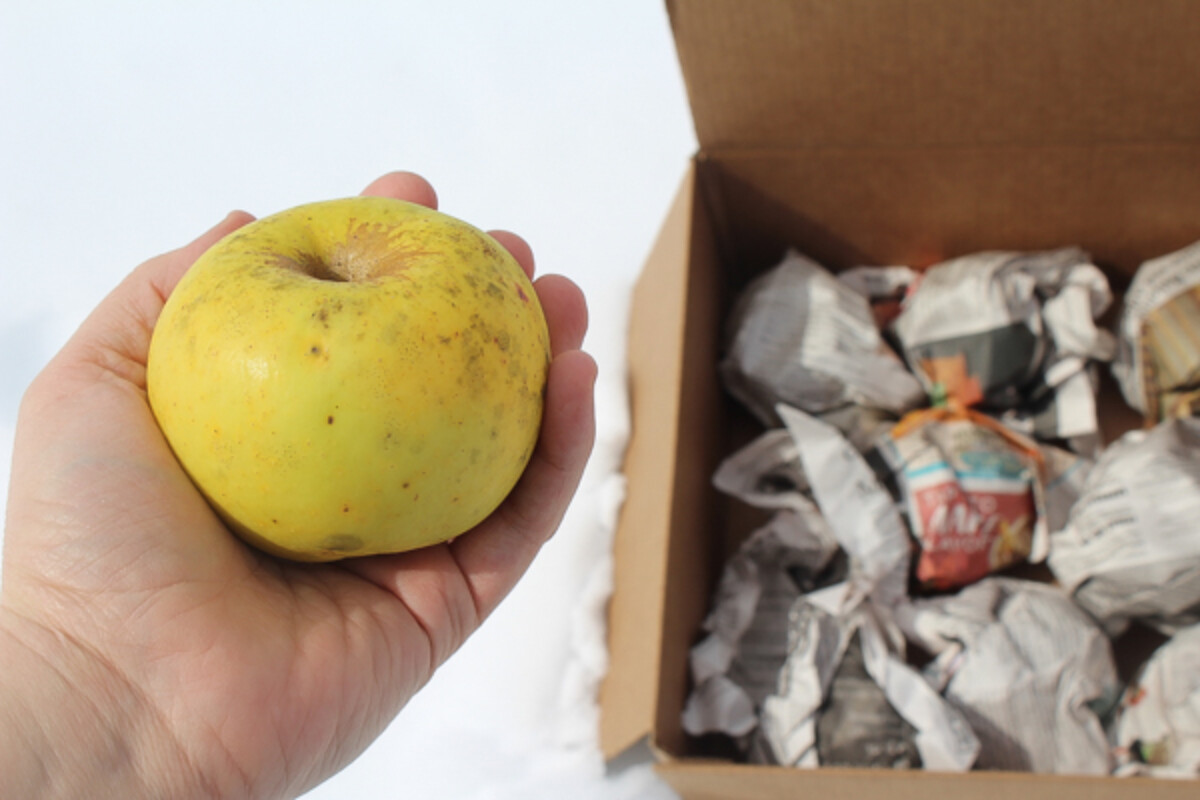
Storage apples are key to ensuring a year-round supply of homegrown fruit. Our goal is to provide all of our own food for a full year at some point, so we’ve been working on adding more storage apples to our orchard, along with early summer bearing apples so that we have a fresh supply just as our stores run out.
Though we store ours in simple cardboard boxes, they’re not the best apple storage container. I seriously covet this 9 drawer apple storage rack because it would allow us to store enough apples for the whole winter. They also make a shorter 6 drawer apple storage rack and depending on how we reorganize our basement root cellar we might end up with two of those instead.
Our basement is serviceable for storage, but we’re planning a root cellar so we have enough space for all our winter stores. At that point, the basement will have more space for our canned goods, including our canned apple pie filling and canned apple cider. If you don’t have any cool space for fresh apples, canned apple goods are a great option and store for at least 18 months.
Best Winter Storage Apples
To have a supply of apples all winter long, you have to select the very best storage apple varieties. Storing apples for winter is more about choosing the right variety than it is about technique.
Here are the best winter storage apples that I’ve found to date. I hope to add to this list over time as I find new long-keeping apple varieties.
Arkansas Black
Originally discovered in Arkansas, this apple has a very dark color that gives it its name. The texture is crisp, juicy and slightly acidic, making it great for fresh eating. The apples themselves are very hard right off the tree, which is another clue that they need a bit of time before eating.
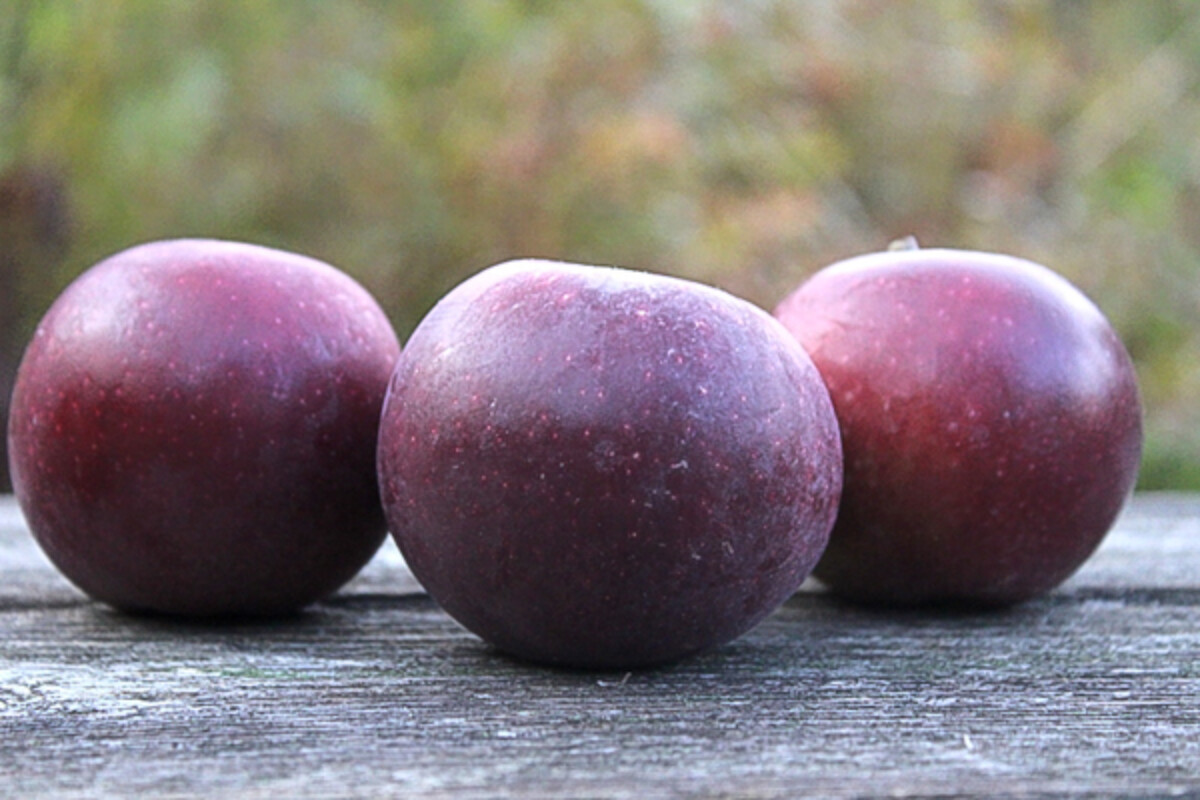
Ashmead’s Kernel
One of my very favorite apple varieties and we’ve successfully stored them for 8 months at a time in our basement. Ashmead’s Kernel is an extremely flavorful apple, with a flavor that changes over time. When it’s first harvested the flavor is quite tart, but that mellows gradually in storage.
Baldwin
An old New England variety from the 1700s. This exceptionally juicy and crisp apple has a good sweet-tart balance. It’s a multi-purpose apple, that can be eaten fresh or cooked into pies or sauce.
Black Twig
This heirloom apple is a bit hard to find. It has a reddish color that’s so dark it’s almost purple, thus the black in the name. It’s a hard apple, with a lot of juice and an intense flavor. It’s ideal for eating out of hand to enjoy its unique strong flavor.
Braeburn
This is an apple that is readily found in grocery stores today. It’s an aromatic apple with a firm texture. Braeburn can be used for fresh eating, sauce and baking. It’s known to store as long as 12 months in ideal conditions.
Brown Russet
Many of the russets store well, as they tend to have thicker skin and harder texture that stands up well in storage. This heirloom is harvested very late in the year, which gives it a head start on storing well into winter. It’s either eaten fresh or juiced for sweet cider.
Cox’s Orange Pippin
An old English apple that is the parent to some of the best apples on the market today. It has an intense flavor and a crisp juiciness that’s good for eating out of hand and baking into pies. We’ve planted this one in our orchard recently and I can’t wait for our first homegrown Orange Pippins.
Crispin (Mutsu)
This Japanese apple is named Mutsu in Japan and Crispin in Europe and America. It’s a pale yellow apple with cream-colored flesh. The texture is firm and crunch, and it tastes tangy sweet.
Best eaten fresh or in pies. Has a very long storage life.
Enterprise
This firm sweet apple is known to keep well. It’s described as ever so slightly tart, with a spicy aroma. Enterprise apples ripen in October and will keep up to 6 months.
Esopus Spitzenburg
Though it has a strange name you’ve likely not heard, it’s grown in heirloom orchards in the northeast and we were able to try it during our heirloom apple tasting we do each fall. Esopus Spitzenburg has a complex flavor with both spice and tangy notes.
Fuji
I was a bit biased against Fuji because it’s bred from Red Delicious, which I can’t stand. Nonetheless, it’s actually quite good and stores very well. Fuji has a honey-like flavor and it’s blended into applesauce commercially.
Golden Russet
This apple has some serious russeting on the outside, a tough skin and looks a bit like a yellow/gold potato. It’s also delicious. The hard/crunchy texture bites back, and the flavor is best described as “rich and aromatic.”
It’s well known as a cider apple, but we often eat them fresh. Keeps for months, and then can be pressed for a fresh sweet cider just as they begin to spoil.
Gold Rush
Another apple that doesn’t achieve full flavor until it’s been stored for a few months. Described as a dessert apple that’s great for baking or fresh eating.
Idared
A relatively new apple, developed in Idaho in the 1940s. Described as having an aromatic but tangy-tart flavor. Great keeper.
Melrose
This apple is a cross between Jonathan and Delicious. The flavor is tart and aromatic, and it’s good eaten fresh. Stores well.
Newtown Pippin
Developed in New York in the 1700s, Newton Pippin is hands down the best storage apple. We’ve stored Newton Pippins for 14 months and were still able to make fine pies. They honestly taste pretty horrible fresh off the tree, a bit like styrofoam.
After at least 3 months in storage, their full flavor develops, and they taste somewhat like a granny smith with a very firm texture. Other’s describe it as having a complex, faintly citrus flavor.
The original Newton Pippin was a yellowish-green color, but a chance mutation on one branch of a tree (known as a sport) produced a second variety called Yellow Pippin. That variety also stores very well, but it’s yellow instead of green. This is one of my favorites for pies.
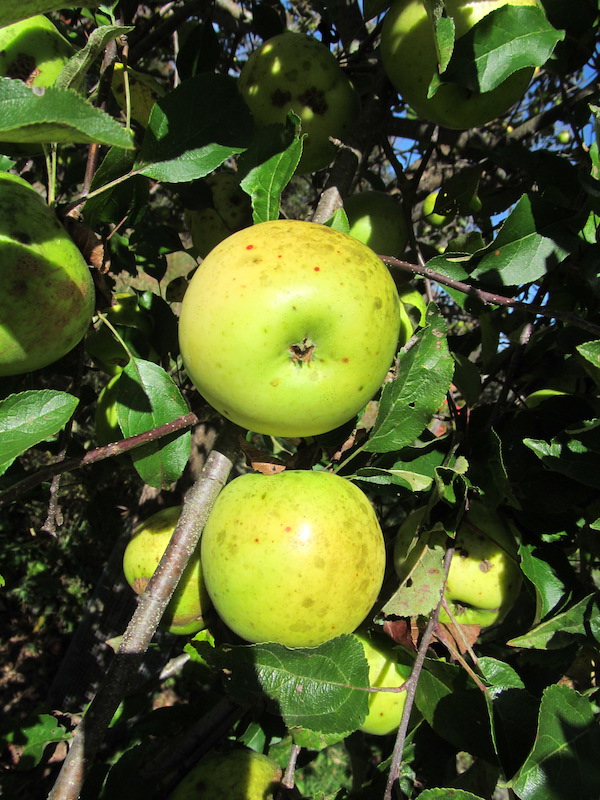
Northern Spy
One of my farmers’ market favorites, it’s easy to find Northern Spy apples. The skin bruises too easily for most supermarkets to accept it, but it’s commonly grown on farms and homesteads in the Northeast.
It has a smooth, fine-grained flesh and aromatic flavor. It’s great fresh or baked into midwinter pies. If handled well, and not bruised, Northern Spy will store until spring.
Pink Lady
Another relatively new apple that you can actually find in the supermarket, Pink Lady is a great storage apple. It has a crisp texture and a tropical flavor. Great for fresh eating and baking.
Rome
Originally from Rome township in Ohio, this “Rome Apple” is older than the other Rome apple varieties which took its name later. A large round apple with yellow/green skin and hints of red.
Crunchy, tangy and acidic, the Rome apple is best as a baking apple. Stored too long they become mealy and lose their flavor, you’ll know the difference if you’ve left these too long.
Rome Beauty
Also known as Red Rome, this large round apple is great as a baked apple but only fair for eating out of hand. It ripens between September and early November, and then stores until June.
There’s another apple called Rome that gets mealy when stored too long. That variety is a yellow-green color. Make sure you pick red-skinned Rome beauty if you’re storing them.
Tydeman’s Late Orange
Bred from Cox Orange Pippin, this variety was developed in England in the 1920s. It’s also called Tydeman’s Late Cox because of its parentage.
This variety won’t achieve full flavor until Christmas time, after several months in storage. The main downside is this apple has a somewhat biennial tendency and may only bear good-sized crops every other year.

Winesap
One of the very best storage apples, reputed to store until June. There are a few varieties that are now labeled Winesap, and the best storage variety is the old-time heirloom. Be careful where you get your trees so you get the right variety.
It’s a small apple with bright red skin that’s almost purple. The name comes from its rich wine-like flavor. Great for fresh eating, pies, sauce and cider.
If you’ve successfully stored an apple variety for 6 months or more, I’d love to hear about it. Which varieties have worked for you? Leave a note in the comments below.
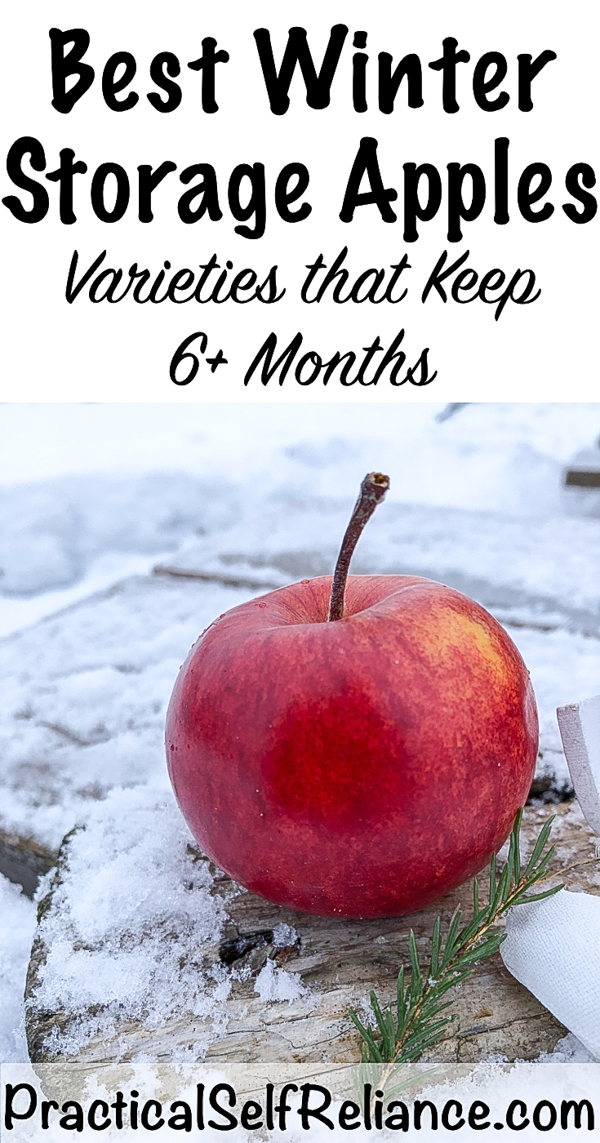

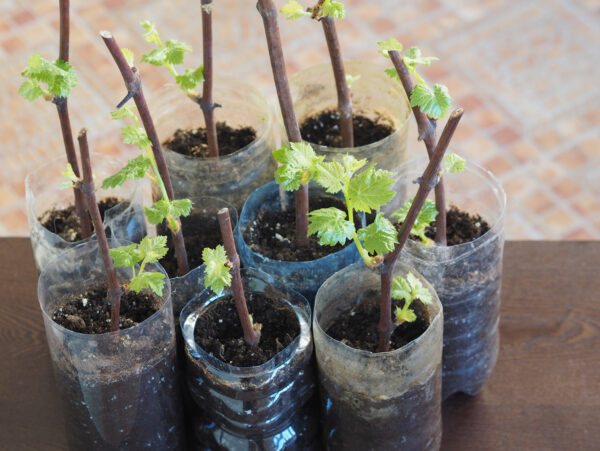
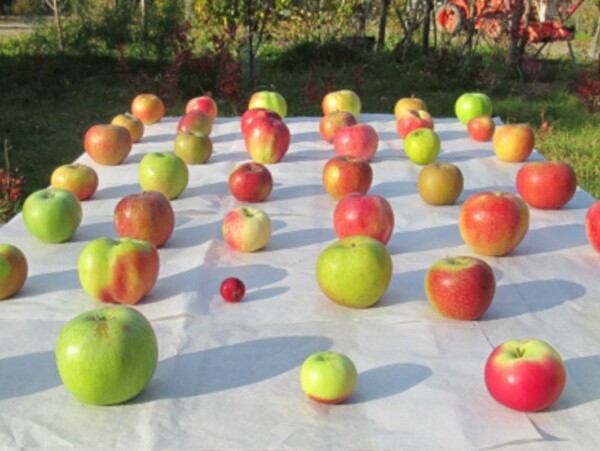
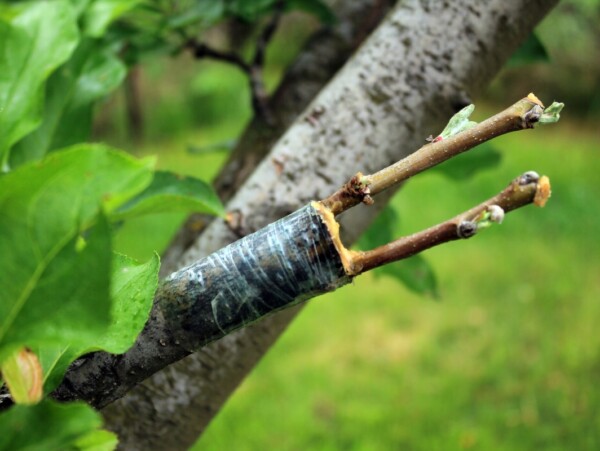










Your comment about the red delicious reminded me of my childhood in the 60’s. My family lived in western Washington and we had relatives in central Washington who owned an orchard that they made their living off of. The red delicious apples from their orchard lived up to the name. My absolute favorite as a kid. But only theirs, not the ones from the store. I have heard, and I believe it’s true, that the red delicious over the years was bread for consistency and color, but not flavor. I haven’t tried one in years, because I find them tasteless, unlike the beautiful, huge, fantastic apples of my youth from that magnificent orchard.
That’s very interesting and I would say that you are absolutely correct. Thanks for sharing.
Great post! I’ve been looking for some tips on how to store apples for the winter. Can you please share some information on how to tell if an apple is past its prime? Thanks!
Apples are pretty easy to tell if they are past their prime. They will start to get wrinkley and begin to loose their firmness.
Great post! I’m definitely going to try storing my apples in a cool, dark place this winter. I’ve noticed that they can spoil quickly if not stored properly. Thanks for sharing these tips!
You’re very welcome.
I am wondering if the apples need to be wrapped when you use the wood rack that you posted?
No, the apples are typically wrapped when they are being stacked directly on top of one another. If they are in a single layer, there is no need for wrapping.
Hi, I would love some advice, please. I live in zone4/5 with a very short season; fall killing frost is often by September 15th, last frost of spring is around May 15th. Would any of these storage apples ripen in time, or can they be harvested while small and unripo or after the frosts and still be stored?
Thank you
Just search for apples trees that are hardy to zone 4. There are quite a few available that should work for you.
Years ago I lived on a small farm in western Oregon that had a family fruit orchard. Among the trees were two of an apple that I’ve never found elsewhere and would love to have again. The apples were dark purple striped and had a significant ‘bloom’ on the skin. there were medium to large size, had the points typical of Red Delicious. They were not a particularly good apple to eat fresh but were superb for baking with golden, buttery, aromatic flesh when baked. I was told a couple of years ago they were Arkansas, but the picture you show of that variety is very different from what I had which were long like a Red Delicious. I would be so grateful to find out what they were.
I am not familiar with that particular apple but maybe someone will see your comment and know what it is. It sounds like a very interesting apple.
Perhaps Sheep Nose which has another name that I cannot remember.
We’re looking at maybe adding an apple tree or two to our mini-orchard and my husband wanted to know which varieties store well. So glad I found this article! Thank you.
Pink Lady, which you mention, is another Etter apple!
Waltana, an apple bred in Northern California by Albert Etter and named after his Brother and sister-in-law, Walter & Anna, is the best storage apple we’ve tried, keeping crisp and sweet well into summer in our cellar, when we generally finish eating them.
I like your idea of preserving apples by wrapping them in newspaper but I thought that you had to dry fruits & veggies before storage?
I have acreage in So Maine where I put in a dug well w hand pump, apple trees, raised beds, etc. The land already had purple grapes w multiple seeds, Ostrich ferns, and berries. I’m realizing that there is a lot to learn.
This spring an excavator will clear another acre for more beds, what are your suggestions to lay down onto the forest floor regarding the mixture of screened loam, compost…covering on top w wood chips…? I’m thinking of keeping the pile of chicken poop separate because it will be a few years before I start planting. You’re thoughts?
Thank you,
Ron
Hi Ron! It sounds like you have a lot going on with your homestead and I wish you the best of luck. Yes, you can store apples fresh if they’re the right variety. They just need cool, humid conditions. Commercial growers keep them in coolers for many months, sometimes as much as a year, to have a supply year round. I don’t know what to tell you about soil amendments because that varies a lot from place to place and I’m no expert. Good luck!
What a great idea for storing apples. We’ve tried that with putting the apples in a large plastic storage box, but they were too humid and they went moldy. This year I’ll try cardboard boxes and wrap the apples in paper. (not newsprint – I don’t want the ink on my food)
Thanks for your post. Always trying to find new ways to store vegetables and fruit. I have a similar method for storing potatoes.